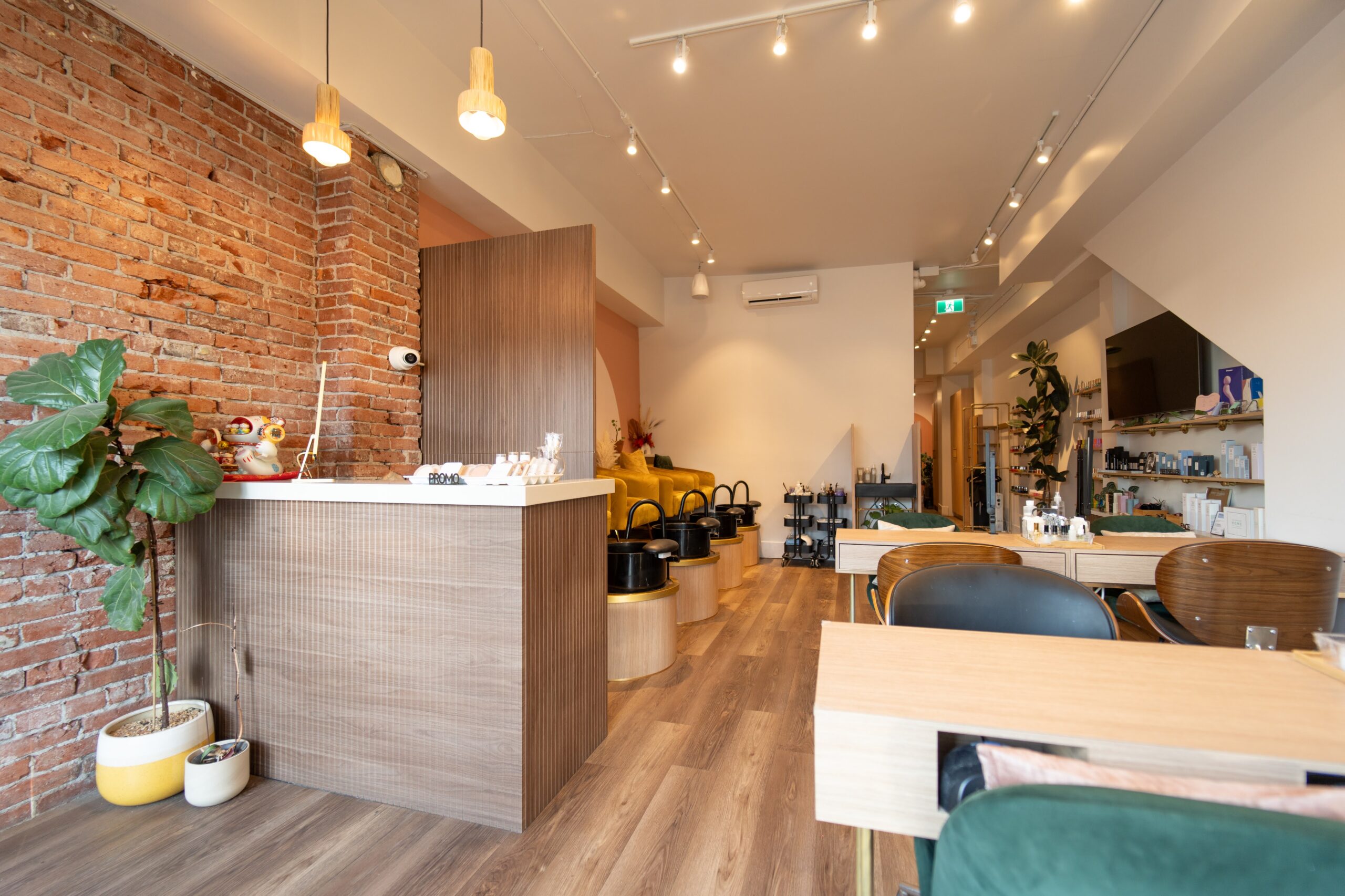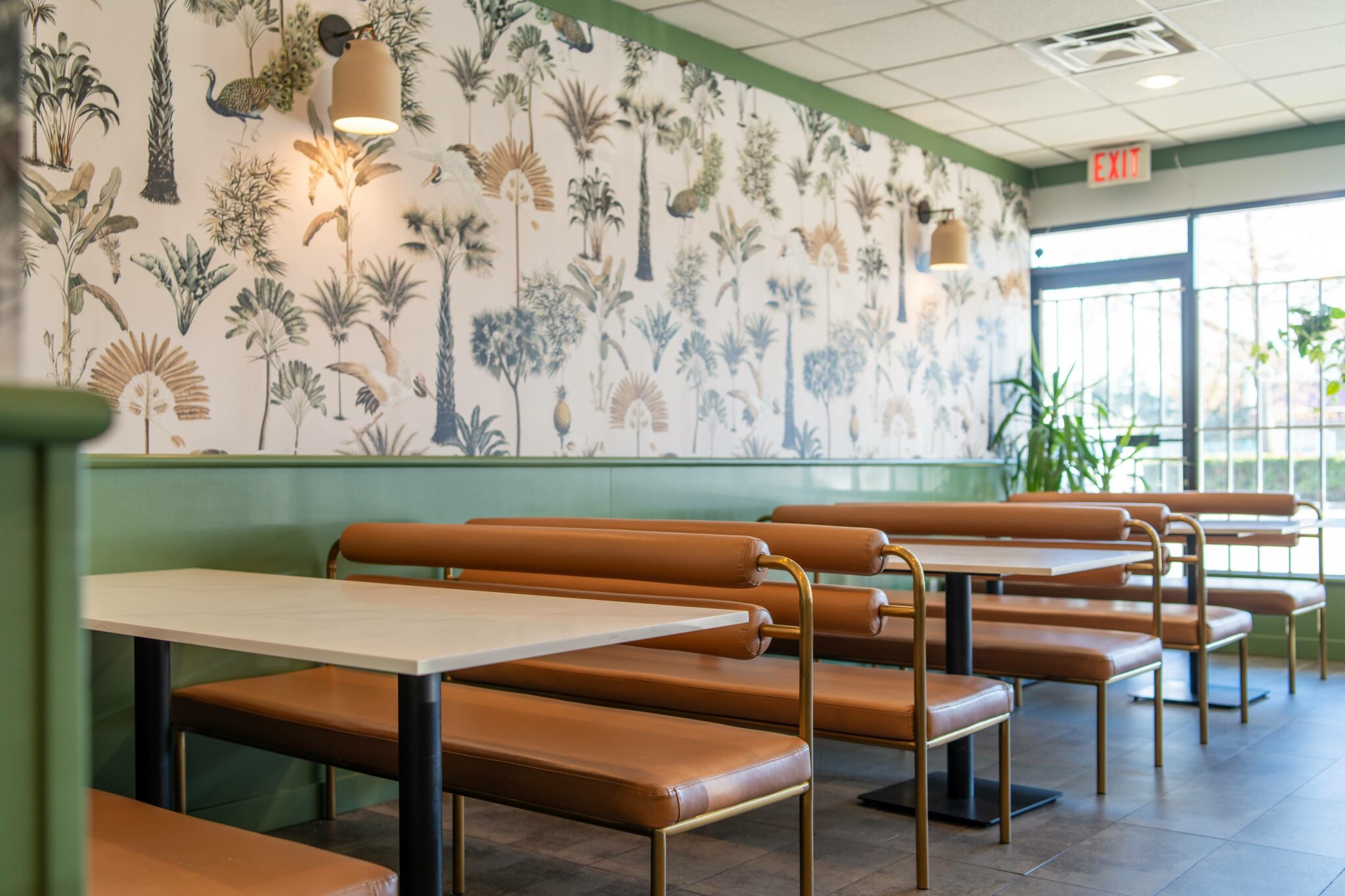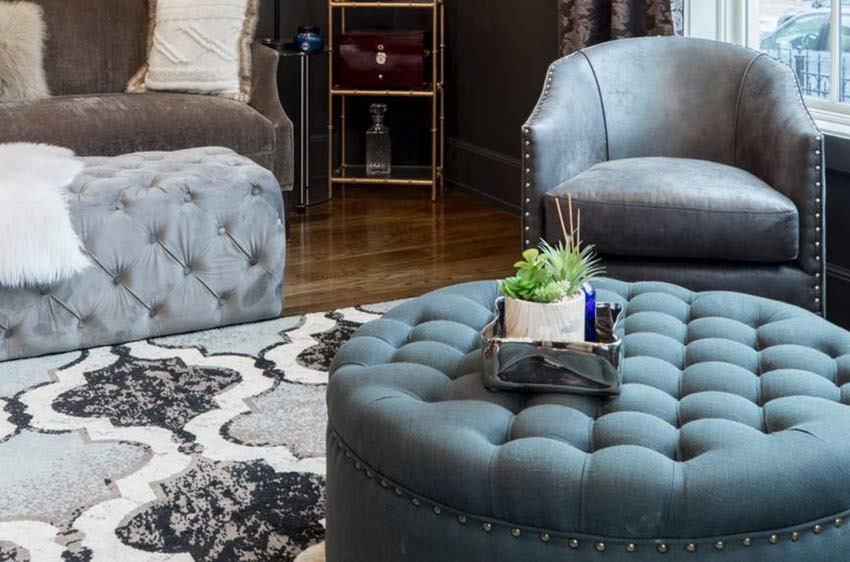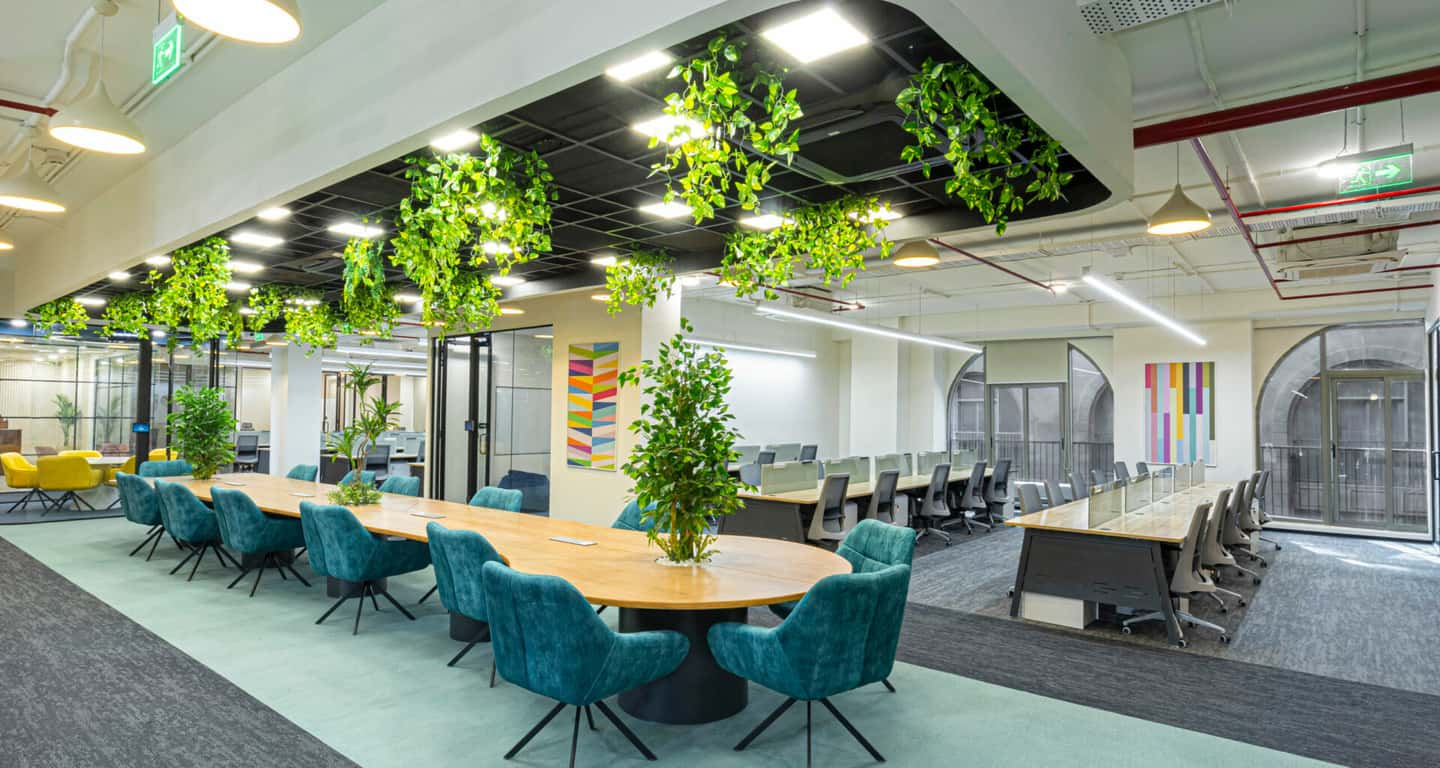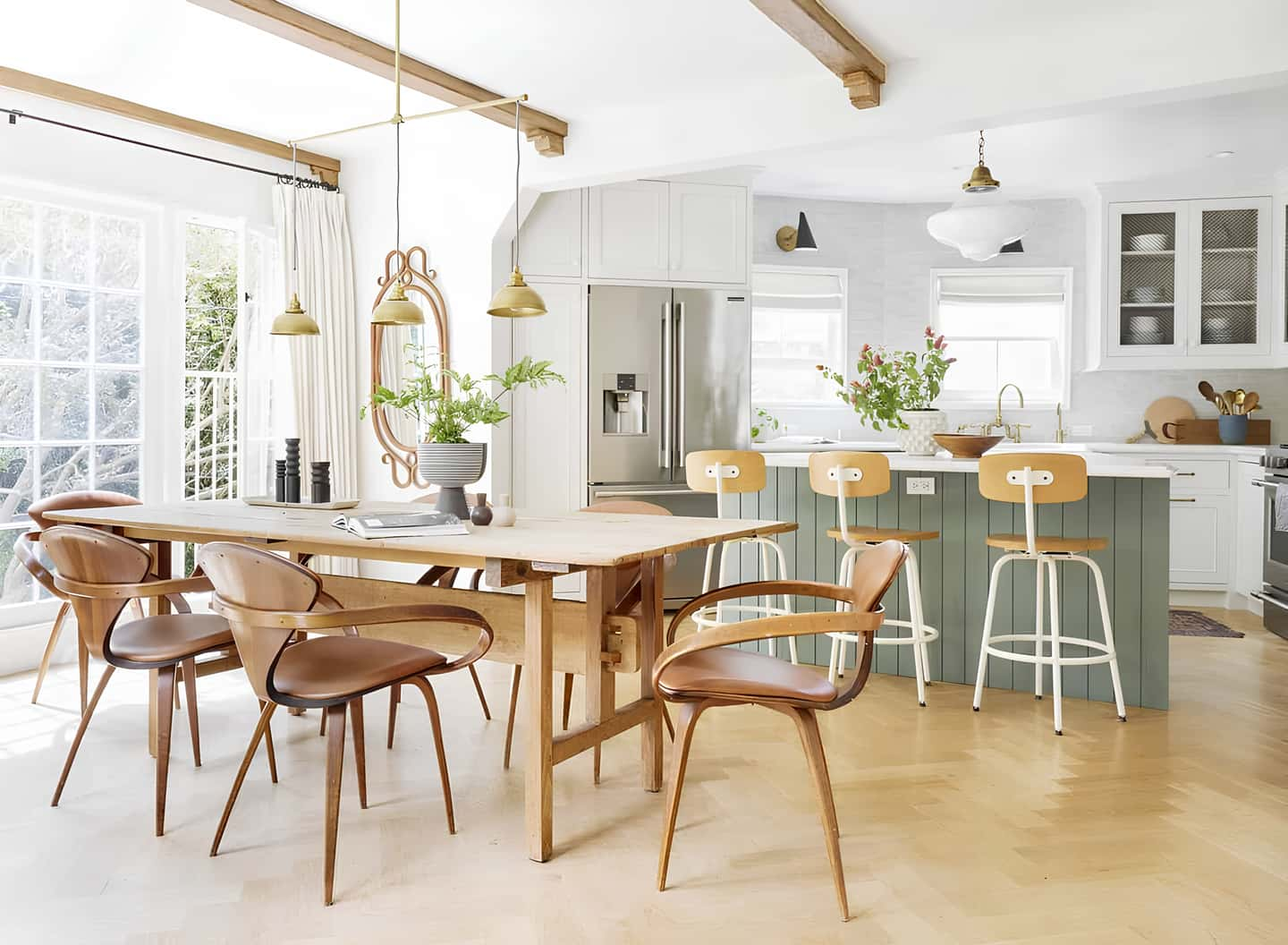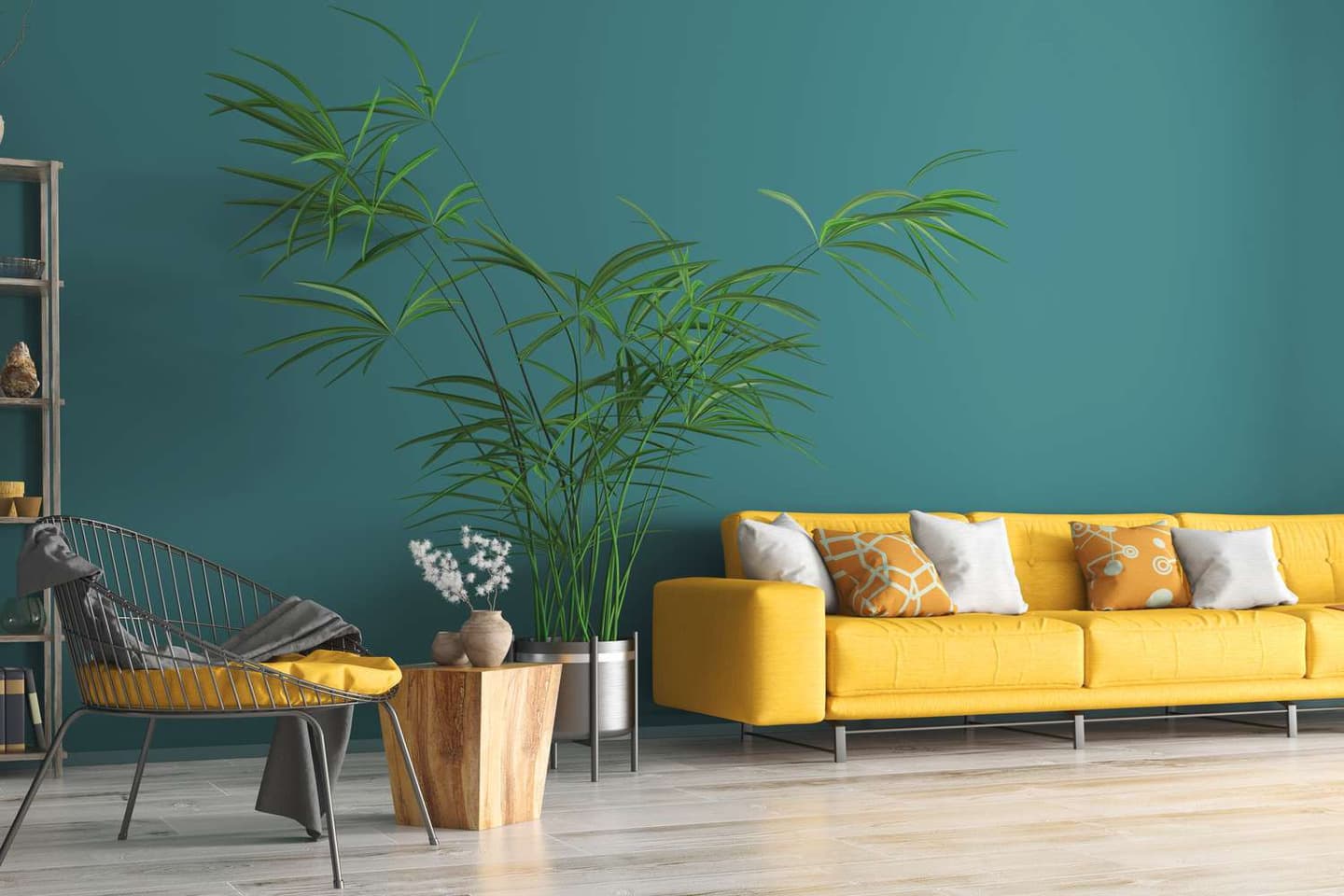Healthcare facilities have moved away from sterile, clinical environments towards more patient-centered designs. My interest with the intersection of healthcare and design has revealed that the evolution of interior design in healthcare goes beyond aesthetics. It’s about crafting spaces that actively promote healing, reduce stress, and improve outcomes for patients, staff, and visitors alike.
Embracing Patient-Centered Design
The layout of a healthcare center significantly impacts how a patient feels upon entering. A well-designed place can make people feel less anxious, more calm, and even like they don’t have to wait as long. A well-thought-out workspace can help employees be more productive, make fewer mistakes, and be happier with their jobs generally.
Making a healing space is one of the main goals of hospital interior design. This idea is more than just making a place comfortable; it also includes using design elements that have been shown to help with therapy. For instance, letting a patient see natural light can help balance their circadian rhythm, which can lead to better sleep and less sadness. On the same note, seeing outdoors or having plants inside can lower stress and blood pressure.
A key idea in current healthcare interiors is patient-centered design. With this method, you have to understand and meet each patient’s specific wants and preferences. It means making places for patients that are not only useful but also comforting and empowering. For example, private rooms with enough space for family members to stay the night can be very helpful while you’re recovering.

Designing for All Users
It can be hard to find your way around a healthcare center, especially if you are sick. Wayfinding is an important part of designing the inside of healthcare facilities. Patients and visitors can easily move around a place if it has clear signs, logical layouts, and easy-to-use navigation. This can lower stress and make the experience better overall.
Controlling infections is a very important part of designing healthcare facilities. Not only do materials and finishes need to look good, they also need to be able to stand up to strict cleaning procedures. Surfaces that don’t let germs through, floors that don’t have seams, and fabrics that kill germs can help stop the spread of illnesses.
Specifying Appropriate Materials
It’s becoming more and more important to use technology in healthcare planning. Technology can make things easier for everyone, from computer check-in kiosks to controls in patient rooms that let people change the temperature and lighting.
Color is very important in hospital settings. Some colors can make you feel calm and relaxed, while others can make you feel energized and happy. Artwork can also help make a space more soothing. Studies have shown that looking at art can help patients feel less stressed and have better results. So, putting art in healthcare situations isn’t just a matter of taste; it’s also a matter of strategy.

Connecting to Nature
Healthcare workers spend a lot of time at work, and the place where they do their job can have a big effect on their health and their ability to help people. Making staff areas that are comfortable, useful, and healing can help keep people from getting burned out and boost happiness. It can make a big difference to have break rooms with comfy seating, access to outdoor areas, and quiet places to think.
Healthcare is an area that is always changing, so facilities need to be able to adapt to those changes. Flexible and adaptable facilities can leverage new technologies and treatment methods as they emerge.
Enabling Technology
More and more, healthcare places need to use sustainable design. Lighting that uses less energy, fixtures that use less water, and materials that are good for the environment can all help the building’s carbon footprint and make the space healthy.
What’s Next for Healthcare Interior Design
The field of hospital interior design has a bright future ahead of it. More and more study shows that design can affect health outcomes. As a result, we can expect to see more creative solutions that put patient care, staff health, and environmental sustainability first.
Conclusion
The thoughtful design of healthcare centers plays a crucial role in shaping the way care is delivered. Designers can have a big effect on the health and well-being of the people who use their places by making them healing, patient-centered, and flexible. Our growing understanding of design’s impact on health is fueling a surge of innovative healthcare design ideas.

I am a design enthusiast that loves writing about the latest trends and style when it comes to commercial and residential interior design. I also love architecture and buildings.

